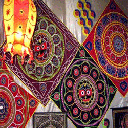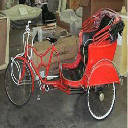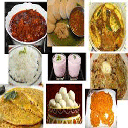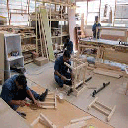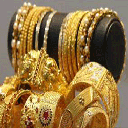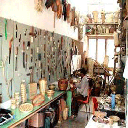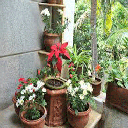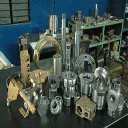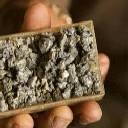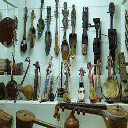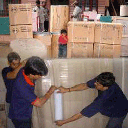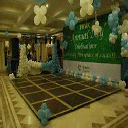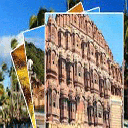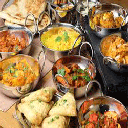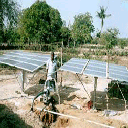About Jhansi Jhansi, the gateway to Bundelkhand, was a stronghold of the Chandela kings but lost its importance after the eclipse of the dynasty in the 11th century. It rose to prominence again in the 17th century under Raja Bir Singh Deo who was a close associate of the Mughal Emperor Jahangir. However, its greatest claim to fame is its fiery queen Rani Laxmibai, who led forces against the British in 1857, sacrificing her life to the cause of Indian independence. A new dimension has been added to this historic city with the introduction of the Jhansi Festival, held every year in February-March. It offers a fine opportunity to enjoy the arts, crafts and culture of the region. The Rani of Jhansi Rani Lakshmi Bai, better known as the Rani, or queen, of Jhansi was one of the great nationalist heroines of pre-independence India. Born the daughter of a Benares brahmin, she was married off to Raja Gangadhar of Jhansi, but never bore him children – a fact exploited by the British to force her and her adopted baby son into retirement in 1853. The Rani retaliated in 1857, the year of "Mutiny", by leading her personal bodyguard of five hundred Afghan-Pathan warriors to seize Jhansi fort. The British dispatched troops to see off the insurgents, but took seventeen days to blow a beach in the walls of the citadel. Three days of fierce hand-to-hand fighting ensued, in which five thousand soldiers were killed. With her son strapped tightly to her back, the Rani somehow managed to slip through the British net and rejoin the main rebel army at Gwalior, where she rode to her death, dressed as a man using her sword with both hands and holding the reins of her horse in her mouth". Statues of Rani Jhansi in this heroic pose stand all over northern India. For many in the Independence movement, she was India’s Joan of Arc; a martyr and icon whose example set in motion the freedom struggle that eventually rid the subcontinent to its colonial rulers. Area : 14 Sq. km. Population : 379000 (1991 census) Altitude : 211 meters above sea level. Season : October-March. Clothing (Summer) : Cottons ; (Winters) : Woolens Language : Hindi, Bundeli & English. Local Transport : Taxis, Tempo-rickshaw, Tourist Cabs. STD Code : 0510
Jhansi Fort The 17th century fort was made by Raja Bir Singh on top of a hill as an army stronghold. The Karak Bijli tank is within the fort. There is also a museum which has a collection of sculpture and provides an insight into the history of Bundelkhand. Government Museum, Jhansi Weapons, statues, dresses and photographs that represents the Chandela dynasty and a picture gallery of the Gupta period are the highlights. There are also terracotta's, bronzes, manuscripts, paintings and coins. Closed on Mondays and second Saturday of every month. Rani Mahal The palace of Rani Laxmi Bai has now been converted into a museum. It houses a collection of archaeological remains of the period between 9th and 12th centuries AD. Other Places of Interest Laxmi Tal, Gangadhar Rao-Ki-Chhatri, Shri Kali Temple, Laxmi Bai Park.


